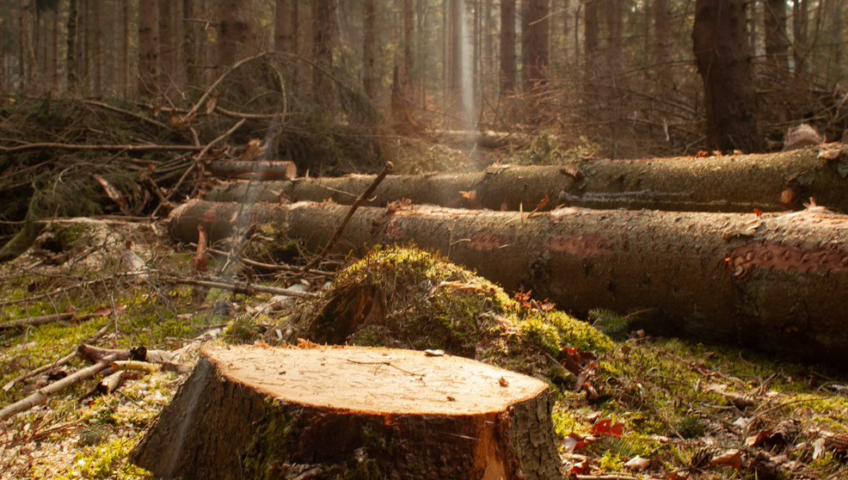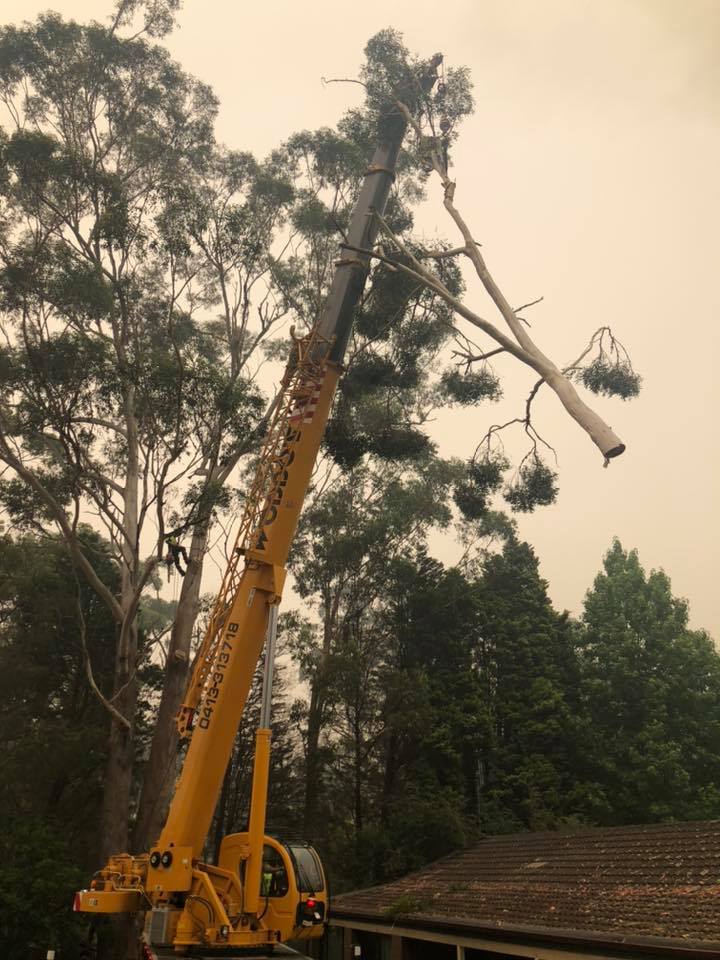All Categories
Featured
The removal of trees can develop open rooms that are prone to weed intrusion. When trees are present, their dense covers frequently color the ground, limiting the quantity of sunshine that gets to the soil. After the removal of trees, these open areas receive raised sunlight, offering suitable conditions for weed development.

They may suggest the use of mulch, which acts as a safety barrier on the dirt surface, stopping weed seeds from sprouting and subduing weed growth.

The visibility of trees fosters a rich and varied area of dirt microorganisms. Tree origins offer a source of raw material, exudates, and nutrients that sustain the growth and task of helpful dirt microorganisms. When trees are eliminated, the lack of their roots can interfere with the delicate balance of the dirt's microbial community.
What Is The Best Tree Services Wollongong Company Near Me
This change in pH can impact vitamins and mineral availability, microbial task, and general dirt health. To deal with the impacts of tree reducing on soil pH, tree removal experts can give important recommendations. They may recommend soil testing to evaluate the present pH levels and determine the needed adjustments. Based on the results, experts can suggest pH adjustment techniques, such as including lime to increase soil pH or incorporating essential sulfur to reduce it.

It refers to the compression of soil fragments, leading to decreased pore area and increased soil density. This compaction can adversely affect the dirt's capacity to operate ideally, impacting its water-holding capability, nutrient availability, and origin penetration. Correct techniques used by tree elimination professionals can assist decrease compaction and maintain the dirt's ability to retain water, and permit appropriate air flow and careful equipment handling.
Latest Posts
What Is The Best Tree Arborist Wollongong Software?
A Better Wollongong City Council Tree Removal?
Who Has The Best Tree Cutting Services Wollongong?